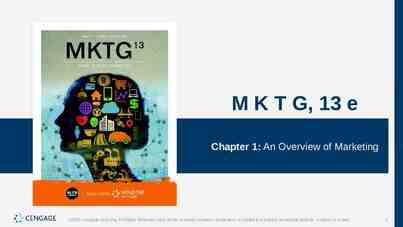Using Case Studies in Your Managerial and Cost Accounting Classes Pete
9 Slides117.36 KB

Using Case Studies in Your Managerial and Cost Accounting Classes Pete Brewer Department of Accountancy Wake Forest University [email protected]

My Background with Cases Since 1997, I have consistently used cases in my Cost Accounting classes. I have also occasionally used cases in my Managerial Accounting classes. In Cost Accounting I organize the syllabus around 8-10 modules or topics Each module starts with a review of fundamentals for one or two days followed by one or two case studies related to that topic.

What Should I Expect From Students? High expectations for independent analysis: Outside-of-class writing assignment Group oral presentation One case is a meaningful percentage of the grade Lower expectations for independent analysis: Recurring in-class teaching tool I am focusing on my use of 10-15 cases per semester as an in-class teaching tool.

What Should I Expect From Students? Simply read the case before coming to class Use extrinsic incentives Written quiz (factual recall, not synthesis) Oral quiz Make oral participation a meaningful percentage of the grade Do not create any written analysis of the case. Eliminates “single use” problem Do not post your recommended solutions for your cases. If students have unresolved issues related to the case, they should be expected to visit your office hours.

Case Selection Tips Get a Harvard Business School Publishing password Provides unlimited search and print capabilities of cases and teaching notes (for review purposes only) www.hbsp.harvard.edu Narrow the scope of your searches as follows: Cases with teaching notes Page length 1-10 pages of text for computational cases Scan the teaching note first before reading the case Does the case appear to cover your targeted learning objectives?

Lesson Plan Preparation Tips What if the discussion dies in 10 minutes or heads off on counterproductive tangents? Create a structured lesson plan that predefines the “critical path.” Make sure the lesson plan includes thought-provoking questions and opportunities for analysis. Create designated time slots where students will be asked to work in small groups to solve a problem. Predetermine your “flex” points to ensure that your lesson plan flows “wheels up to wheels down” in designated time frame. Create handouts to offer structure and manage time.

Case Management Tips Using Powerpoint Bridgeton Industries Using Word The Classic Pen Company Using Excel Foxy Originals Blackheath Manufacturing

Case Management Tips Don’t be afraid to alter the case facts Kaufmann Manufacturing Company (A) Don’t be afraid to alter the teaching note Aussie Pies (A)

Case Management Tips Topical Integration Hydrochem, Inc. Qualitative cases The Importance of Commitments






